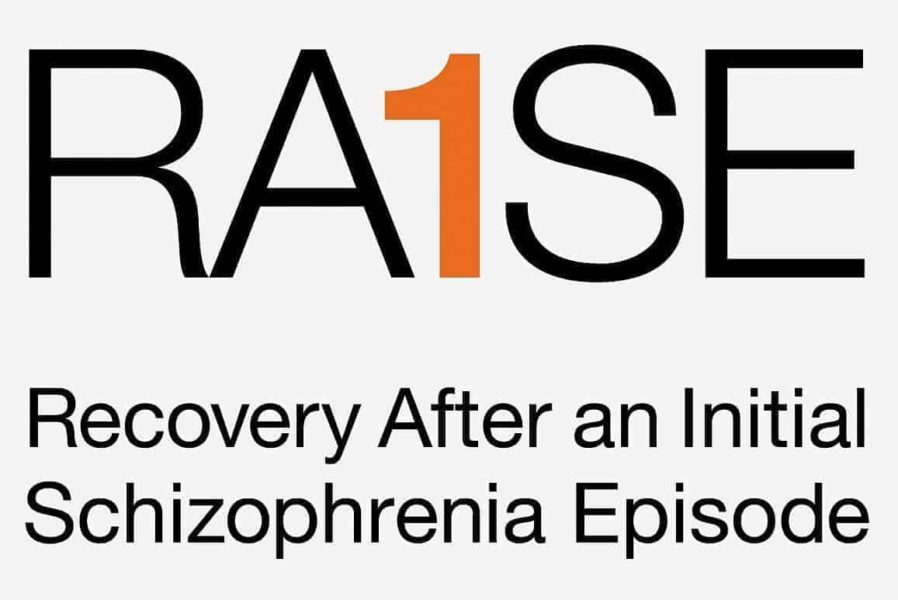New analysis from a mental health care study shows that “coordinated specialty care” (CSC) for young people with first episode psychosis is more cost-effective than typical community care. Cost-effectiveness analysis in health care is a way to compare the costs and benefits of two or more treatment options. While the team-based CSC approach has modestly higher costs than typical care, it produces better clinical and quality of life outcomes, making the CSC treatment program a better value. These findings of this study, funded by the National Institute of Mental Health (NIMH), part of the National Institutes of Health (NIH), will help guide mental health professionals in their treatment for first episode psychosis.
This new analysis, published online today by Schizophrenia Bulletin, was led by Robert Rosenheck, M.D. (link is external), professor of psychiatry and public health at Yale University. It is part of the Recovery After an Initial Schizophrenia Episode (RAISE) initiative also funded by the National Institute of Mental Health. This paper reported on the cost-effectiveness of CSC treatment in the RAISE Early Treatment Program (link is external) (RAISE-ETP), a randomized controlled trial headed by John M. Kane, M.D (link is external)., professor and chairman, Department of Psychiatry at The Hofstra North Shore-LIJ School of Medicine and The Zucker Hillside Hospital.
Coordinated specialty care for first episode psychosis is a team-based treatment program tailored to each individual that involves more specialty care from mental health providers than typical care. Dr. Rosenheck and colleagues focused on a specific CSC program, called NAVIGATE, which featured a team of specialists offering recovery-oriented psychotherapy, low-dose antipsychotic medications, family education and support, case management, and work or education support.
“The take-home message of this sophisticated research is that health service costs are, not surprisingly, somewhat higher when the mental health system provides the full range of services these young people need at a very vulnerable time in their lives,” said Robert Heinssen, Ph.D., director of the Division of Services and Intervention Research at NIMH. “But these additional expenses have now been shown to be worth the investment in improving individuals’ health and functioning.”
Overall, patients receiving the NAVIGATE intervention had health care costs that were 27 percent greater than patients who received typical care. The added expenses were related to increased time with health care professionals as well as specialized training for clinicians and other staff. This training was provided by off-site experts in state-of-the-art psychosocial treatments. In addition, a computer program designed to help doctors determine the best medication regimens often recommended newer, brand-name drugs without generic equivalents, which have advantages for some individuals but are more expensive.
Importantly, previously published research showed that:
- NAVIGATE patients had a significantly improved quality of life,
- an increase in days of employment or school attendance, and
- reduced psychiatric symptoms relative to typical care.
Rosenheck and colleagues found that the benefits in quality of life resulting from the NAVIGATE CSC approach fully justified the treatment program’s increased expenses because the cost for improving outcomes via this program compared favorably to many other types of medical treatments that are standard of care in the United States. Results were particularly favorable for patients who began treatment soon after psychosis symptoms appeared.
The researchers found that the amount of time between the beginning of psychotic symptoms and the beginning of treatment (called the duration of untreated psychosis or DUP) was associated significantly with differences in both program effectiveness and program cost. Half of study participants had a DUP under 74 weeks and half had longer periods of untreated psychosis. NAVIGATE patients with shorter DUP had greater improvement in quality of life and lower costs (due to reduced use of hospital services). The researchers found that among patients with shorter DUP, average annual costs for NAVIGATE were 15 percent lower than the annual cost of typical care. This resulted in far greater cost-effectiveness than patients who experienced a delay in starting treatment. The DUP finding underscores the importance of shortening the duration of untreated psychosis in the United States.
“This scientific work is having an immediate impact on clinical practice in the United States and is setting a new standard of care,” added Heinssen. “We’re seeing more states adopt coordinated specialty care programs for first episode psychosis, offering hope to thousands of clients and family members who deserve the best care that science can deliver.”
There were 404 individuals with first episode psychosis enrolled in the RAISE-ETP study (223 at clinics using the NAVIGATE CSC program and 181 at clinics using typical care). The cost-effectiveness study, based on information from detailed monthly patient interviews, showed that NAVIGATE patients, as intended, received significantly more intensive mental health outpatient services than those in typical care. These services included 61 percent more days of rehabilitative services designed to help patients obtain jobs or attend school. They also received six times as many meetings with their families, with the goal of fostering a shared understanding of the illness and its treatment, reducing stigmatization, and facilitating emotional support.


